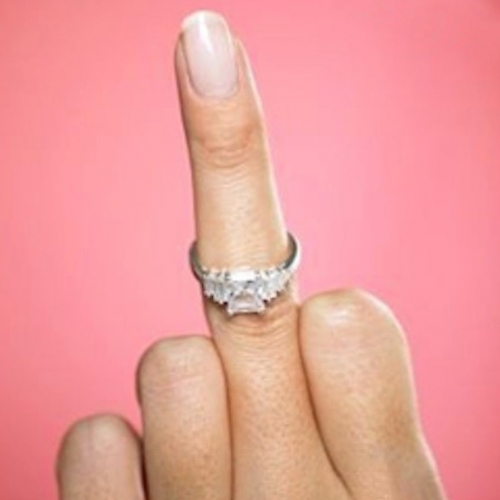 Diamonds aren’t always forever…who keeps the ring after a separation?
Diamonds aren’t always forever…who keeps the ring after a separation?
We all want to believe in true love and seal the deal with a very attractive (and often expensive) engagement ring! Therefore you may wonder who gets to keep the ring in the event of separation.
One of the more prominent engagement rings was the $13 million 35 carat huge sparkler that James Packer gave to Mariah Carey, which reportedly later formed part of their financial settlement.
Ok, we’re not all in James Packer’s league, but there are different situations regarding how the law operates with respect to engagement rings. This includes couples that engage but do not live together, de facto couples who engage and live together, and married couples.
Couples that engage but do not live together
What happens to the engagement ring where the couples engage but do not live together is best demonstrated by the case of Papathanasopopoulos v Vacopoulos [2007] NSWSC 502. In this case, the parties exchanged engagement rings at their engagement party. However, within ten days of this, Ms Vacopoulos broke off the engagement. When she offered the ring back to her former fiancé, he told her it was a gift, and to keep it. Instead, Ms Vacopoulos decided to ditch the $15,000 ring, along with everything symbolic of their relationship, into the rubbish bin!
When the case reached the Supreme Court, Justice Smart drew similarities between a promise of marriage and a commercial bargain. The giving of an engagement ring and the acceptance of such a ring, constitutes consideration for the fulfilment of a contract, which in other words, is the marriage.
Under these circumstances, Ms Vacopoulos was the holder of a conditional gift, being the engagement ring, which would ultimately become her property once the marriage was fulfilled. However, where Ms Vacopoulos refuses to marry, the gift revokes, and the ring must be returned to the former fiancé.
The Court made comment that a woman may be able to keep the ring where there is legal justification for her to refuse to marry her fiancé. Such legal justification may arise based on the conduct of the fiancé, such as if he exhibited violent behaviour, or was engaging in an affair.
Further, where two parties mutually agree to end the engagement, the woman must return the engagement ring.
De facto couples & Married couples
As for de facto couples and married couples, the facts of each case will determine how the engagement ring will be treated in property settlement proceedings. The value attributed to the engagement ring will be the current value and not the purchase price.
In many circumstances, the engagement ring will not form part of the property settlement negotiations due to its sentimental value. However, this did not occur in Damiani & Damiani [2012] FamCA 535. In this case, the parties agreed that the wife would return the engagement ring to the husband, which was worth $15,000. Upon its return, the ring would form part of the husband’s share of the asset pool.
In situations where the engagement ring has been sold, the proceeds of sale will generally form party of the property pool. This happened in the case of Marsden & Baker [2013] FamCA 320. In that case, the engagement ring was worth $170,000, and had been sold by the wife for $70,000. The proceeds were used to pay legal fees and the wife’s daily living expenses. The Court decided that the proceeds of sale were to form part of the property pool.
As discussed, what happens to the engagement ring depends entirely on the facts of each case. To discuss your options, contact Lindbloms Lawyers on (08) 8357 7611 to make an appointment with one of our friendly lawyers.